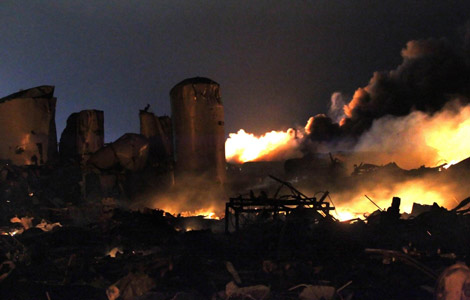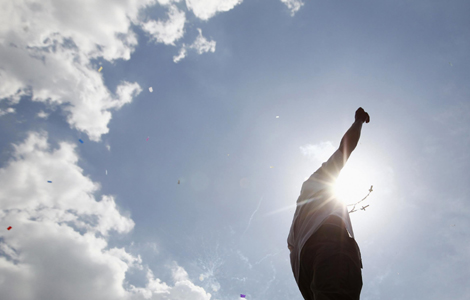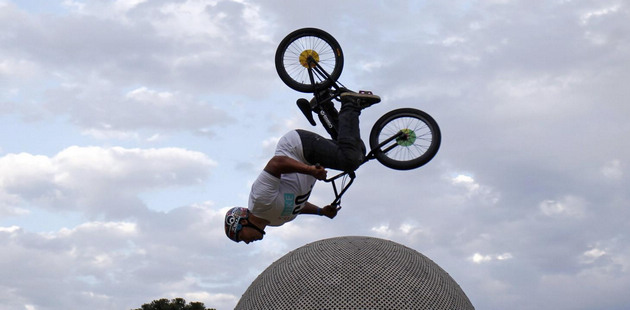Families suffer amid Tibetan flames of deceit
Updated: 2013-02-05 08:59
By Li Huizi, Jiang Weichao and Zhang Chunxiao in Gannan, Gansu (Cnia Daily)
|
||||||||
Myths and falsehoods help lure people to fatal act, report Li Huizi, Jiang Weichao and Zhang Chunxiao in Gannan, Gansu.
As his black cat leaned toward him, Chirarab sat on a bed with his legs crossed, wondering why his son chose to end his life in a premeditated self-immolation.
"He was so foolish. I did not educate my son well," said the 63-year-old Tibetan veterinarian.
![Hezuo Monastery in Gannan, a Geluk monastery founded in 1673, is home to 147 monks. [PHOTO BY LI XIAOJUN / FOR CHINA DAILY] Families suffer amid Tibetan flames of deceit](../../attachement/jpg/site1/20130205/eca86bd9e3d2127a9e4801.jpg) |
|
Hezuo Monastery in Gannan, a Geluk monastery founded in 1673, is home to 147 monks. [PHOTO BY LI XIAOJUN / FOR CHINA DAILY] |
His son, 31-year-old Tsekho, did not get along well with his wife before his death. He wanted to start a business and make money and asked his father for start-up funds. However, Chirarab refused and scolded him, as he was worried his alcoholic son would squander the money on excessive gambling and drinking.
After hearing that self-immolation could make him a "hero", Tsekho told his friends, "I would rather burn myself than live like this".
He set himself on fire beside a bridge in his village on Nov 29, 2012. Two of his friends fed the fire by pouring gasoline onto a woolen blanket and throwing the blanket to Tsekho. Another two villagers sent photos of his self-immolation overseas, along with his detailed personal information.
Some foreign media later branded Tsekho a "Tibetan martyr" protesting the growing influence of Han Chinese on the Tibetan plateau. They also used his story as an excuse to attract international attention to the so-called Tibet issue and the ultimate pursuit of "Tibetan independence," a campaign spearheaded by the Tibetan government-in-exile, with the Dalai Lama as its spiritual leader.
Villagers carried Tsekho's corpse to his parents' home and gave Chirarab the grievous news of the death of his only son.
- 6 Tibetans jailed over self-immolation case
- China sentences 2 Tibetans over self-immolation
- 2 Tibetans stand trial over self-immolation
- Detained man 'incited another to self-immolate'
- NW China police arrest self-immolation inciter
- Buddhist doctrine opposes self-immolation
- Spark for self-immolation unwilling to do the same
- Two Tibetans tried over self-immolations

 Li Na on Time cover, makes influential 100 list
Li Na on Time cover, makes influential 100 list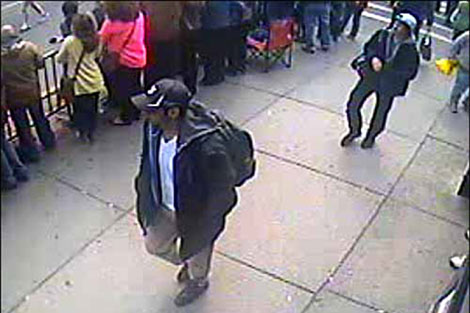
 FBI releases photos of 2 Boston bombings suspects
FBI releases photos of 2 Boston bombings suspects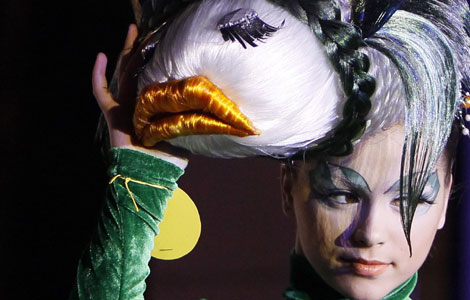
 World's wackiest hairstyles
World's wackiest hairstyles
 Sandstorms strike Northwest China
Sandstorms strike Northwest China
 Never-seen photos of Madonna on display
Never-seen photos of Madonna on display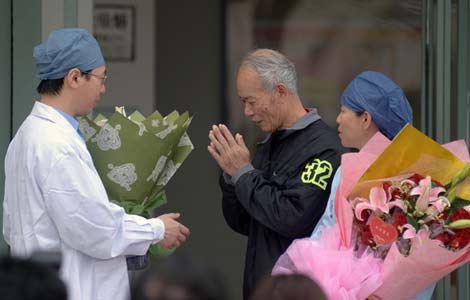
 H7N9 outbreak linked to waterfowl migration
H7N9 outbreak linked to waterfowl migration
 Dozens feared dead in Texas plant blast
Dozens feared dead in Texas plant blast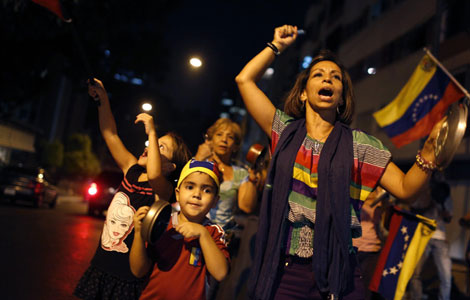
 Venezuelan court rules out manual votes counting
Venezuelan court rules out manual votes counting
Most Viewed
Editor's Picks

|

|

|

|

|

|
Today's Top News
Boston bombing suspect reported cornered on boat
7.0-magnitude quake hits Sichuan
Cross-talk artist helps to spread the word
'Green' awareness levels drop in Beijing
Palace Museum spruces up
First couple on Time's list of most influential
H7N9 flu transmission studied
Trading channels 'need to broaden'
US Weekly

|

|


